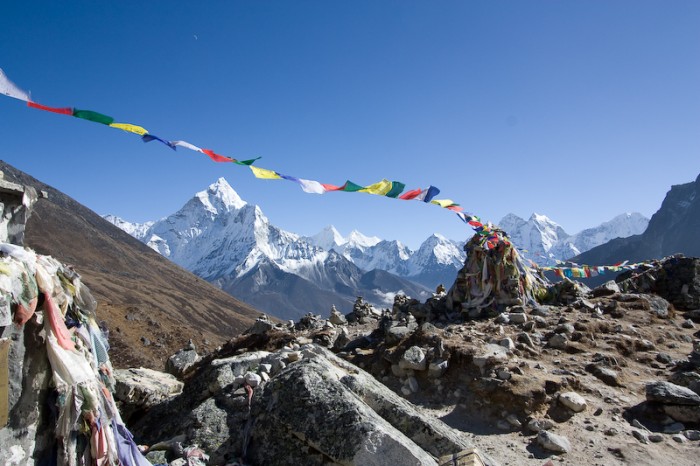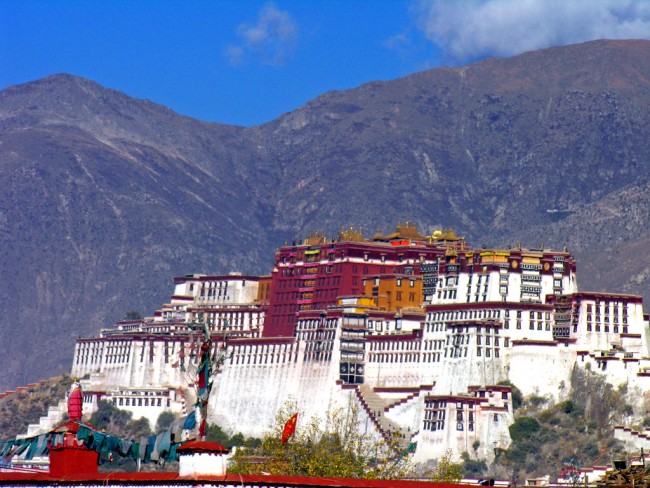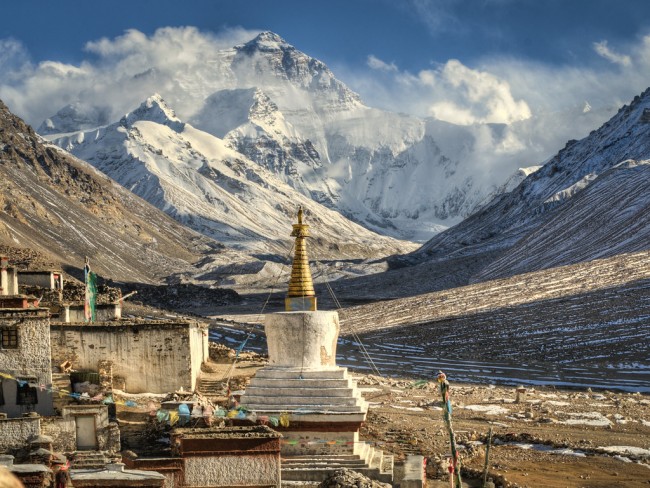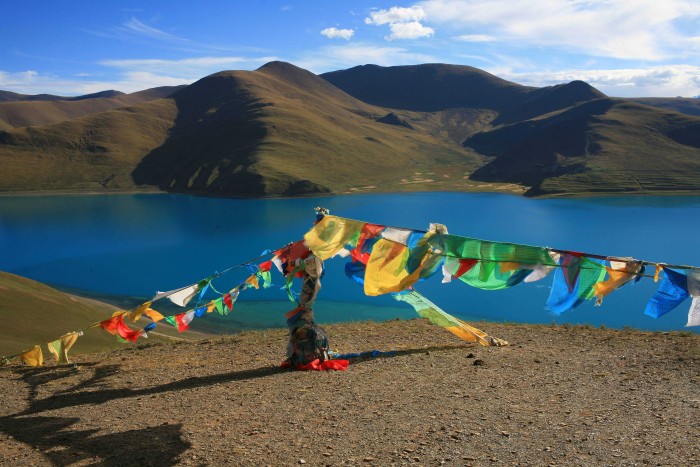Featured Image by Neil Young on Flickr.
The Everest Base Camp Closure
Looming at an enormous 8,844m, the mighty Mount Everest stands at the highest point on Earth, straddling both Nepal and the Tibetan Autonomous Region (T.A.R). While Everest Base Camp has gained worldwide fame as the launching point for adventurous mountaineers, it is far less known that there are in fact two Everest Base Camps found on either side of the peak (one camp in T.A.R. and the other in Nepal). With easier access to the mountain and even more stunning views, T.A.R’s base camp has attracted more and more visitors each year. Sadly, this has come at a cost, leading to the camp’s indefinite closure. With so many visitors still hoping to catch a glimpse of this majestic mountain, what does the closure actually mean for our intrepid travelers?

The Everest Basecamp | Image by lampertron on Flickr
T.A.R. is open as usual
Don’t let the closure of Everest Base Camp put you off – the Tibet Autonomous Region is open to visitors as usual and the chance to visit this stunning corner of the world is not be missed! As per usual, the T.A.R. will be open to foreign tourists after the Tibetan New Year which falls at the end of February. Tibet is an enchanting land filled with jutting peaks, expansive plateaus, and rich cultural traditions. Whether it’s marveling at Lhasa’s Potala Palace or enjoying the wide-open expanses of this untouched region, the T.A.R. is a stunning destination that will grant you a greater appreciation for the Buddhist religion.

The Potala Palace in Lhasa | Image by Dennis Jarvis on Flickr
High altitudes are still within reach…
While base camp sits at a whopping 5,200m above sea level, you still might find yourself short for breath at the close-by Rongbuk Monastery. At 4,980m, the view can be quite literally breathtaking. The (relatively) easy access to this side of the mountain (the Nepal side requires a two-week trek to reach base camp) means you can take things at a slower pace to enjoy the experience and get yourselves acclimatized to the altitude. In the past, the Rongbuk Monastery was home to several hundred monks and nuns, with the remote location lending itself to undisturbed meditation and a tranquil way of life. With as few as 35 monks currently living at the monastery, their doors are open for the weary traveler to enjoy a peaceful overnight stay at the feet of one of the world’s seven natural wonders.

Rongbuk Monastery | Image by Göran Höglund (Kartläsarn) on Flickr
Related Reading: Remote Getaways to Escape the Hustle and Bustle of China
The route does not change.
For those not intent on climbing the summit, the Mount Everest route does not really change. What makes the Mount Everest experience begins long before this lofty peak is in sight. From the shores of the holy Yamdrok Lake to stepping back in time in the Old City of Gyantse, our Mount Everest route will take you on a journey through this beautiful landscape all the way to the Rongbuk Monastery. Although the very last leg is no longer accessible, the monastery itself still boasts some world-class views and is the perfect end to an incredible journey.

Yamdrok Lake
Related Reading: Top Five Challenging Hikes in China
As advocates for sustainable tourism, we feel great shame for the indefinite closure of the Everest Base Camp, especially due to the reasons. However, we are encouraged for the future. As you can see, the Tibetan Autonomous Region is a spectacular natural area that is just begging to be explored. Who knows, maybe this experience shall prompt greater efforts for green and viable forms of tourism in the future. Get in touch now to start planning your ultimate Tibetan adventure.
